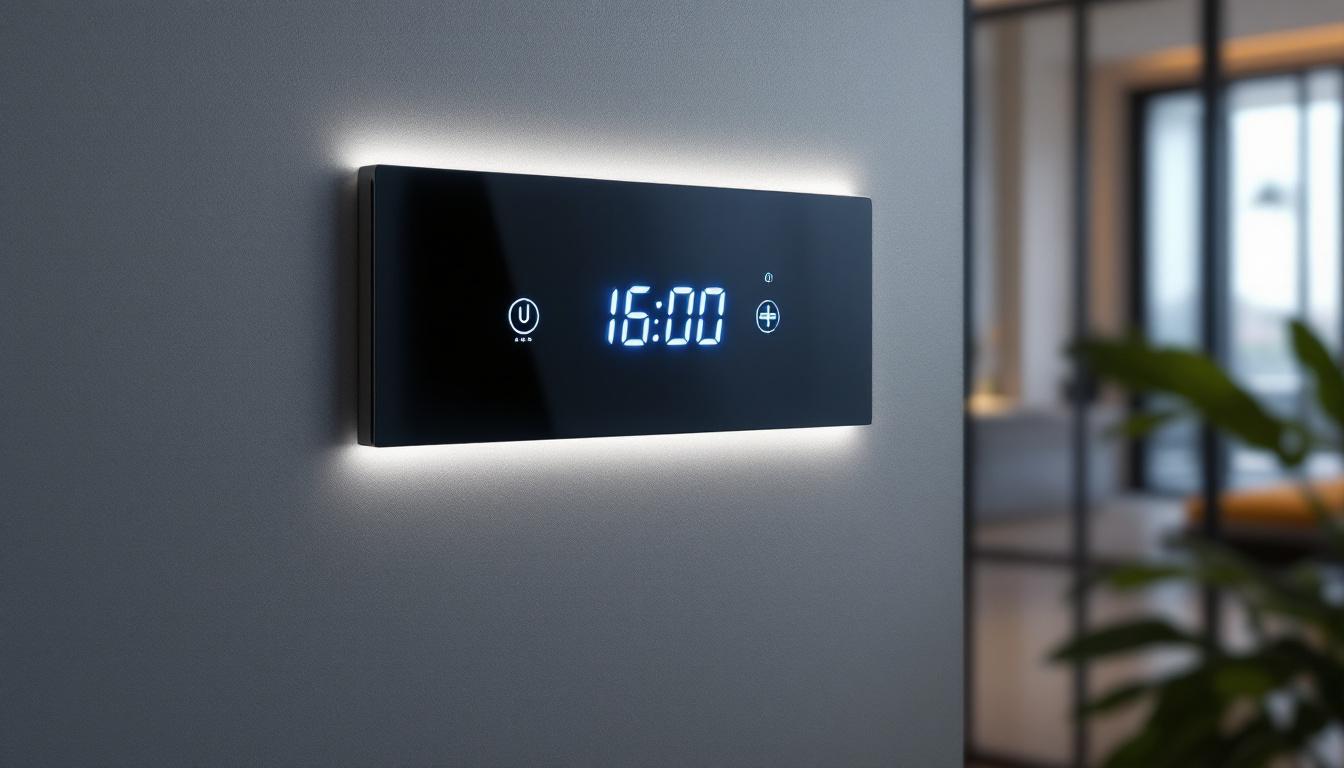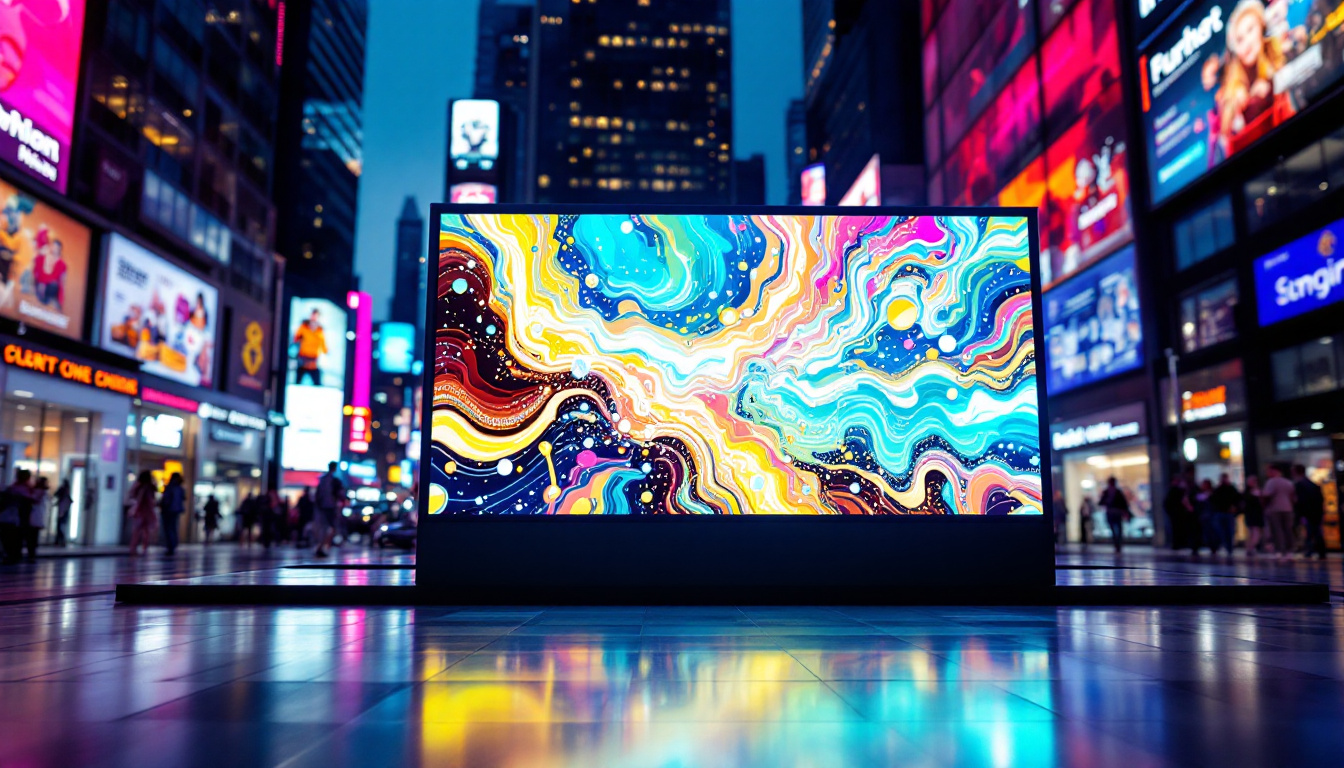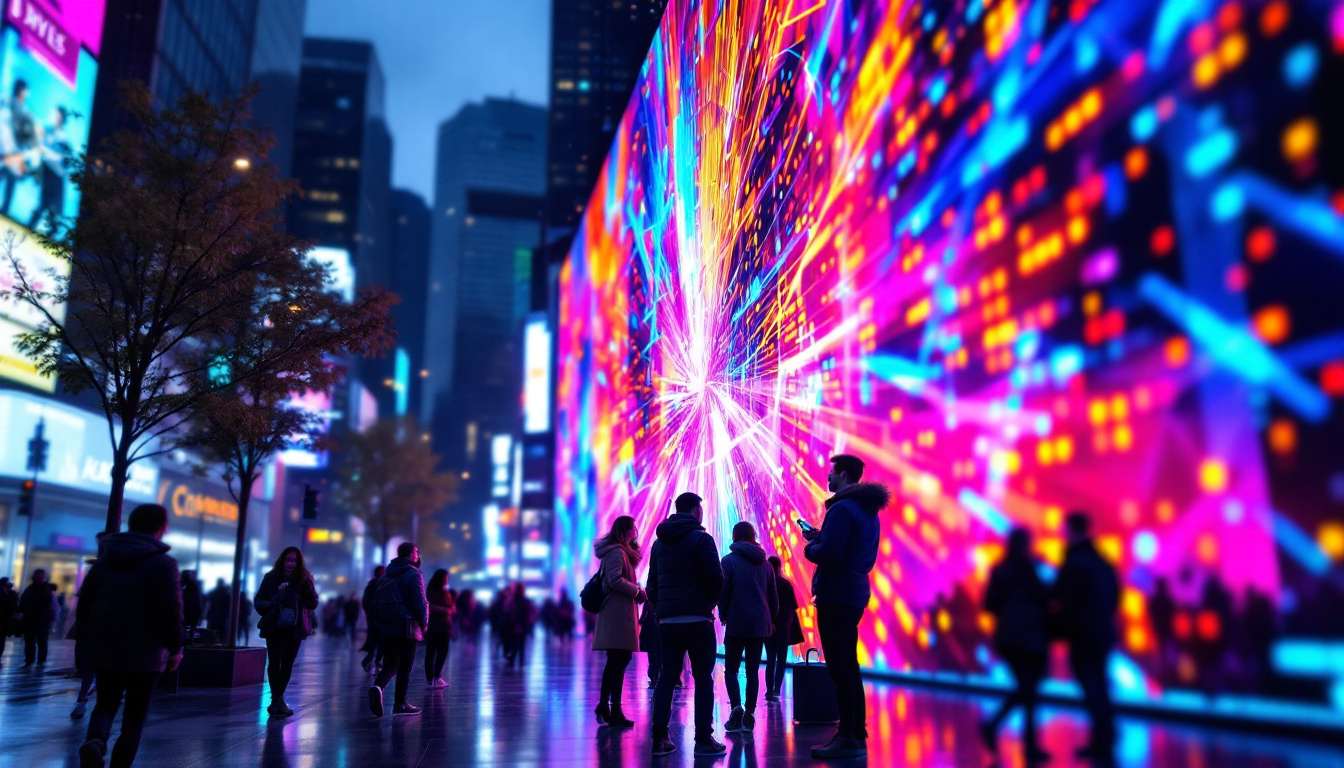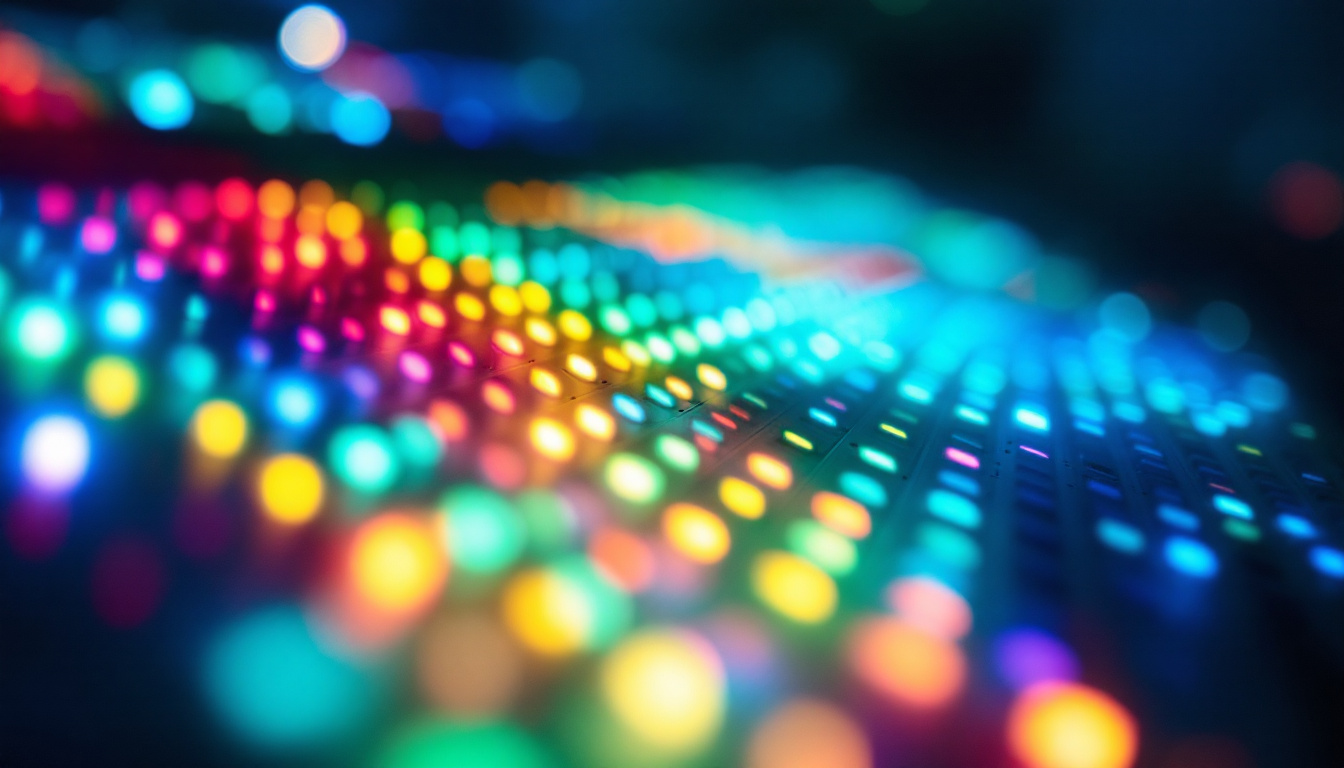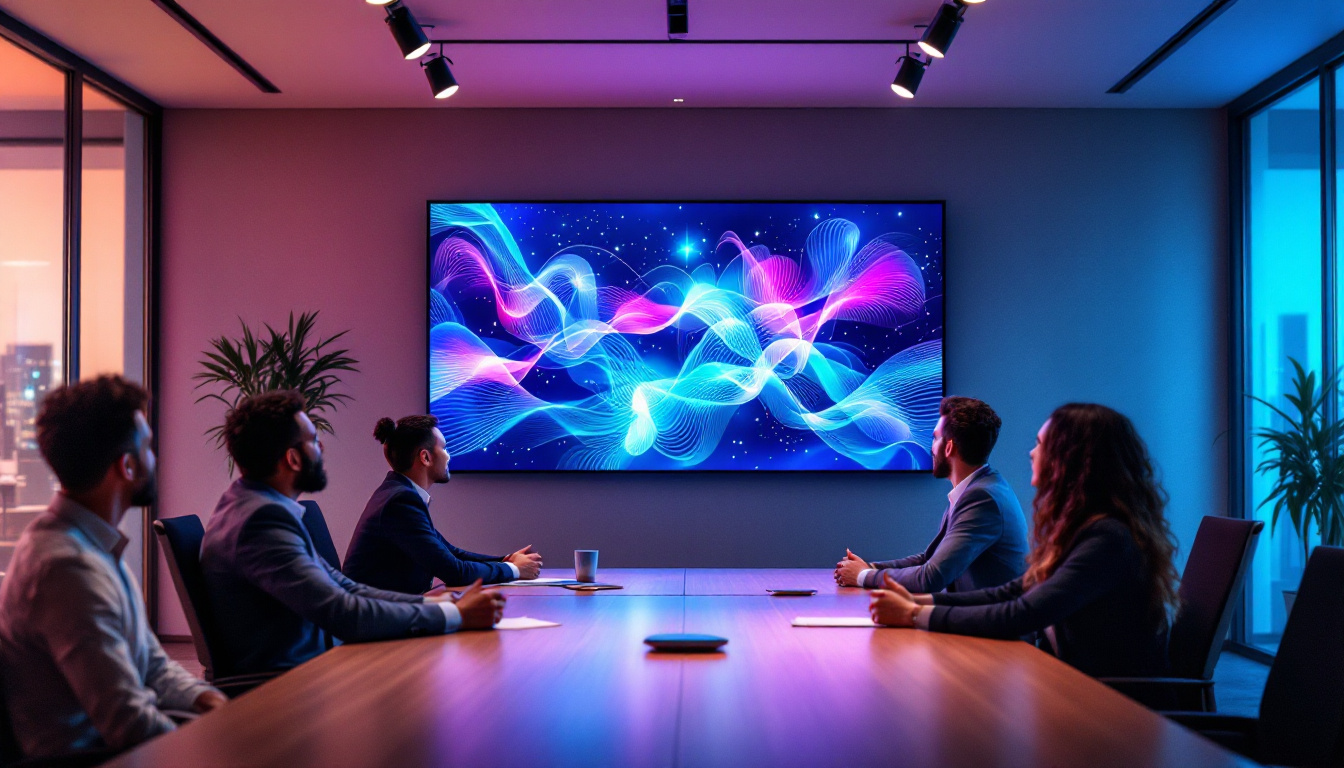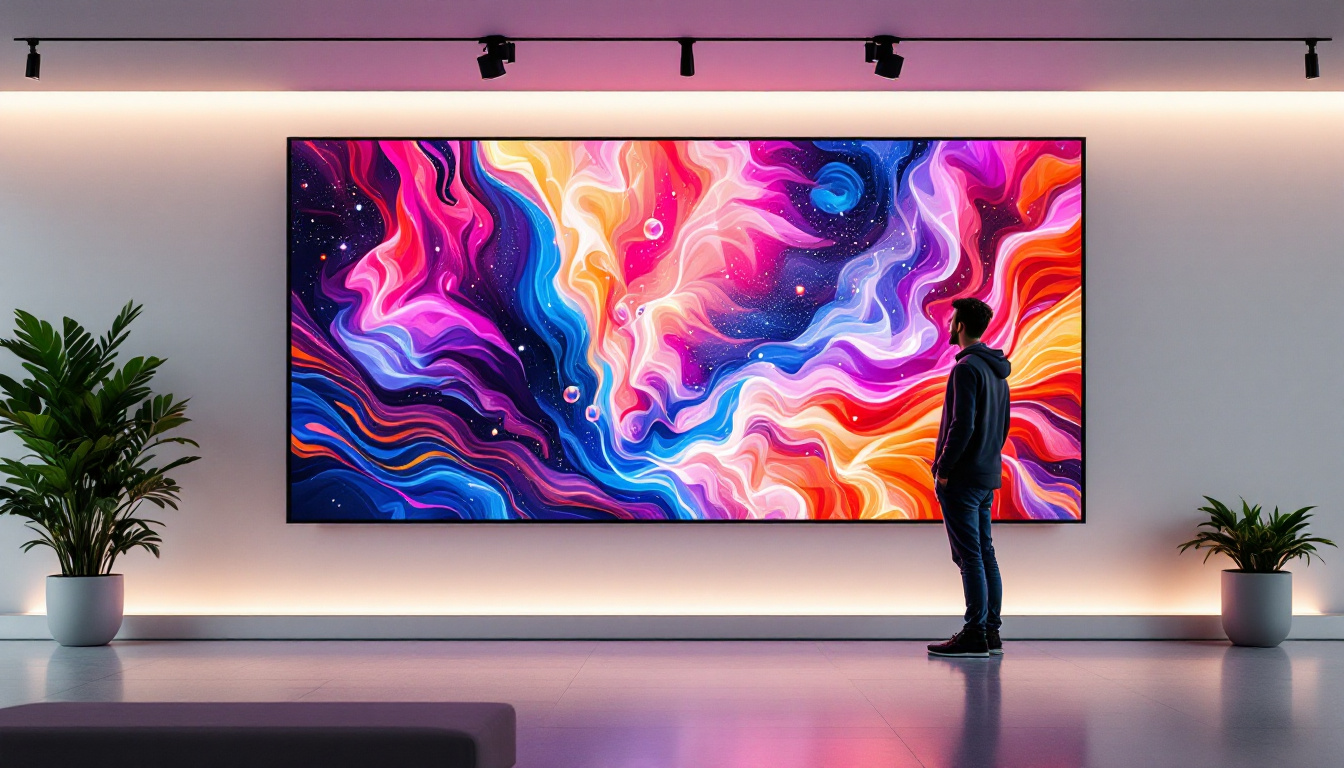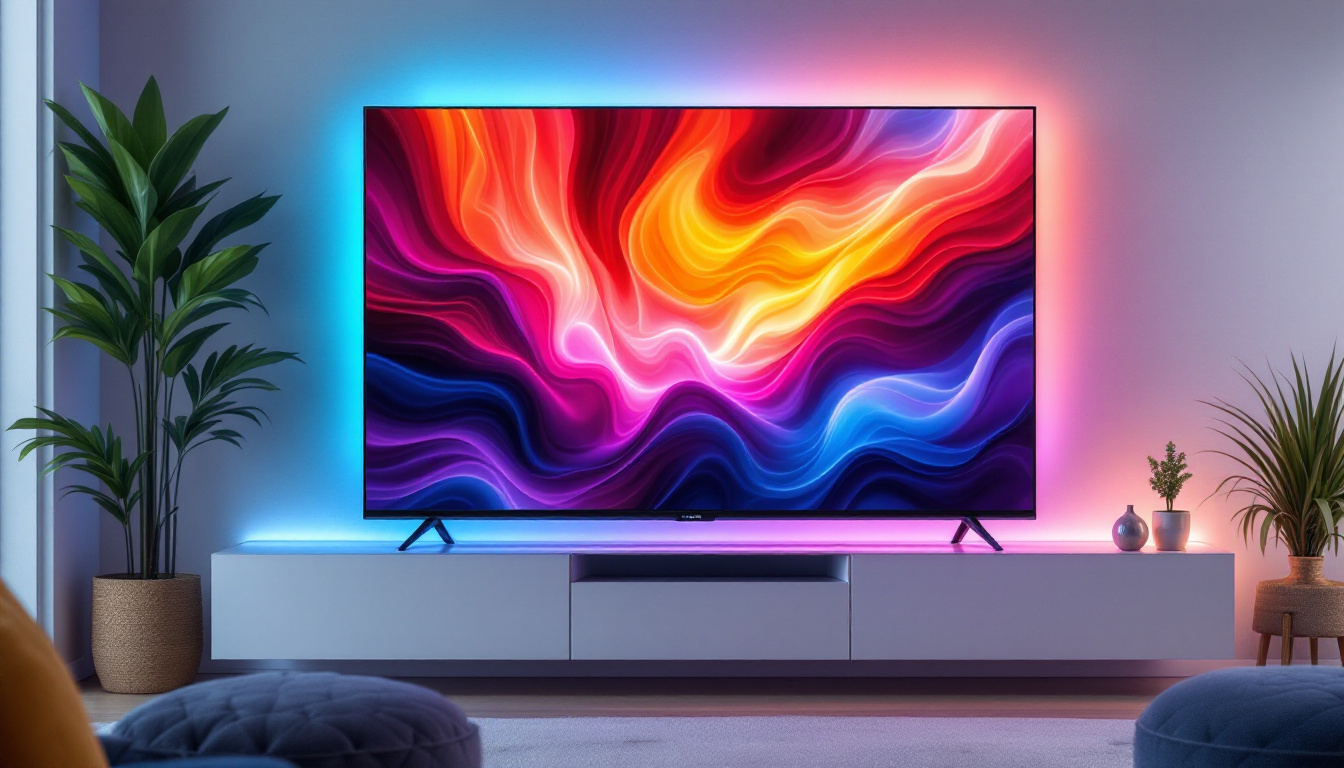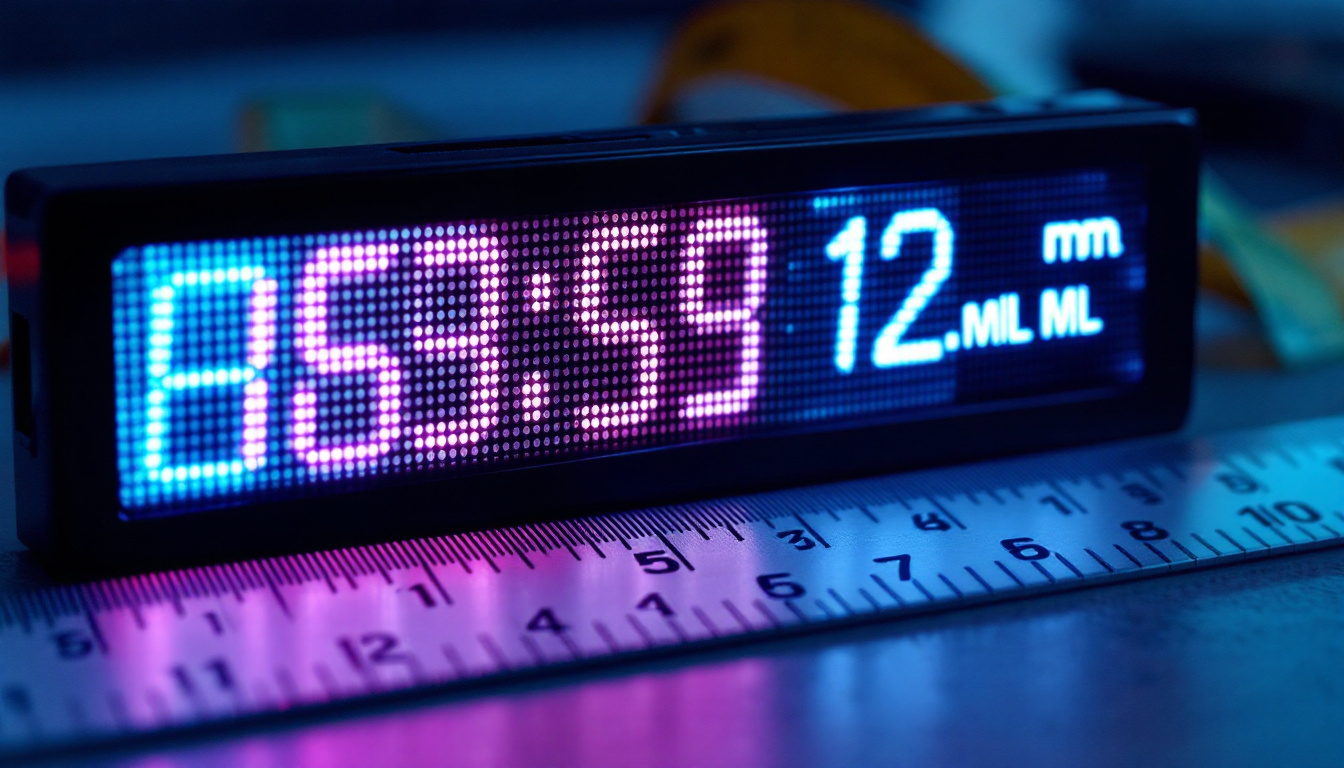Wall access panels equipped with LED displays are becoming increasingly popular in both residential and commercial settings. These innovative panels not only provide convenient access to hidden utilities and wiring but also integrate LED technology to offer real-time information, enhanced aesthetics, and improved functionality. This article explores the key features, benefits, and applications of wall access panels with LED displays, shedding light on why they are a valuable addition to modern building design and maintenance.
Understanding Wall Access Panels
What Is a Wall Access Panel?
A wall access panel is a small door or removable section installed within a wall to provide access to concealed spaces, such as plumbing, electrical wiring, HVAC components, or security systems. Traditionally, these panels have been simple, functional fixtures designed solely for maintenance purposes. They allow technicians and homeowners to reach critical infrastructure without damaging walls or requiring extensive demolition.
Access panels come in various sizes and materials, including metal, plastic, and drywall-compatible frames. Their design focuses on durability and ease of installation, often blending seamlessly with the surrounding wall surface to maintain aesthetic continuity.
Evolution of Access Panels with LED Displays
Recent advancements have transformed the basic access panel into a smart device by integrating LED displays. This evolution reflects the growing demand for multifunctional building components that combine utility with technology. LED displays embedded in access panels can provide visual feedback, system status updates, environmental monitoring, and even interactive controls.
Such panels are particularly useful in commercial buildings, data centers, hospitals, and smart homes, where real-time information about electrical loads, temperature, humidity, or security alerts can be critical. The integration of LED displays enhances the traditional role of access panels, turning them into informative hubs that improve operational efficiency and safety.
Key Features of LED Display Wall Access Panels
Design and Material Considerations
LED display access panels are designed to balance durability, aesthetics, and functionality. High-quality materials such as powder-coated steel or aluminum are commonly used to ensure robustness and corrosion resistance. The LED display itself is typically protected by tempered glass or polycarbonate covers, which safeguard the electronic components while maintaining clear visibility.
The panel’s frame often includes customizable finishes to match interior decor, ranging from matte white for residential spaces to brushed metal for industrial environments. Additionally, the design incorporates ventilation slots or perforations when necessary to prevent overheating of the electronic components behind the display.
LED Display Technology
The LED displays integrated into wall access panels vary in complexity. Basic models feature simple numeric or alphanumeric readouts to indicate system statuses such as temperature, humidity, or power consumption. More advanced panels utilize full-color LED matrices capable of displaying detailed graphics, alerts, or even interactive menus.
Modern LED technology offers benefits such as low power consumption, high brightness, and long lifespan. These features make LED displays ideal for continuous operation in diverse lighting conditions, ensuring visibility both day and night. The displays can also be programmed to adjust brightness automatically based on ambient light, improving energy efficiency and user comfort.
Connectivity and Integration
One of the most significant advantages of LED display access panels is their ability to connect with building management systems (BMS) or Internet of Things (IoT) networks. Through wired or wireless connections, these panels can communicate real-time data to centralized control hubs, enabling remote monitoring and control.
Integration capabilities often include compatibility with protocols such as BACnet, Modbus, or Zigbee, facilitating seamless interaction with HVAC systems, security alarms, lighting controls, and energy management platforms. This connectivity empowers facility managers to optimize building performance, respond promptly to issues, and reduce operational costs.
Benefits of Using LED Display Wall Access Panels
Enhanced Maintenance and Troubleshooting
LED display access panels provide immediate visual feedback on the status of concealed systems, significantly simplifying maintenance and troubleshooting. For example, a panel installed over an electrical junction box might display voltage levels, current flow, or fault indicators directly on the wall, allowing technicians to diagnose problems without opening the panel unnecessarily.
This capability reduces downtime and maintenance costs by enabling faster identification of issues. It also minimizes the risk of accidental damage during inspection, as the LED display can guide technicians to the precise location and nature of a fault.
Improved Safety and Compliance
Safety is a critical concern in building management, especially in environments with complex electrical or mechanical systems. LED display panels contribute to safety by providing real-time alerts about hazardous conditions such as overheating, water leaks, or unauthorized access.
Moreover, these panels can help ensure compliance with building codes and industry standards by continuously monitoring environmental parameters and system performance. For instance, in healthcare facilities, maintaining specific temperature and humidity levels is essential for patient safety and equipment functionality. LED display panels facilitate this monitoring and documentation, supporting regulatory adherence.
Aesthetic and Functional Integration
Unlike traditional access panels that can appear as unsightly interruptions in wall surfaces, LED display panels offer an opportunity to enhance interior design. Their sleek, modern appearance and customizable displays can complement architectural styles and even serve decorative purposes.
In addition to aesthetics, the functional integration of LED displays means that these panels can double as informational signage or control interfaces. For example, in office buildings, a wall access panel might display room occupancy status or energy usage statistics, providing occupants with useful data while maintaining access to hidden infrastructure.
Applications of LED Display Wall Access Panels
Commercial and Industrial Buildings
In commercial and industrial settings, LED display access panels are invaluable for managing complex systems. Facilities such as data centers, manufacturing plants, and office towers rely on continuous monitoring of electrical loads, cooling systems, and security infrastructure. LED panels installed in strategic locations provide real-time data that helps prevent system failures and optimize energy consumption.
For example, in a data center, access panels with LED displays might show server rack temperatures or power usage, enabling rapid response to overheating or power surges. This proactive approach reduces the risk of costly downtime and equipment damage.
Residential Smart Homes
Smart home technology has driven demand for access panels that combine utility with intelligent features. LED display panels in residential settings can monitor HVAC performance, water usage, or security system status, presenting this information in an accessible and visually appealing format.
Homeowners benefit from the convenience of having critical system data displayed on the wall, allowing them to make informed decisions about energy use and maintenance. Additionally, these panels can integrate with voice assistants or smartphone apps, enhancing the overall smart home experience.
Healthcare Facilities
Hospitals and clinics require strict environmental controls to ensure patient safety and equipment reliability. LED display access panels are used to monitor parameters such as temperature, humidity, and air quality in critical areas like operating rooms and laboratories.
The real-time data provided by these panels supports compliance with health regulations and enables quick intervention if conditions deviate from acceptable ranges. The panels also facilitate maintenance by providing clear diagnostics, reducing disruptions to sensitive medical environments.
Installation and Maintenance Considerations
Proper Placement and Accessibility
For LED display wall access panels to be effective, careful consideration must be given to their placement. Panels should be installed in locations that are easily accessible for maintenance personnel but do not interfere with everyday activities or aesthetics.
Visibility of the LED display is crucial; the panel should be positioned at eye level or within a comfortable viewing range. Additionally, environmental factors such as exposure to moisture, dust, or direct sunlight must be accounted for to ensure longevity and reliable performance.
Power Supply and Wiring
LED display panels require a stable power source, which may involve integrating the panel’s wiring with existing electrical systems. Depending on the complexity of the display and connectivity features, power requirements can vary, so it is essential to follow manufacturer specifications and local electrical codes.
Wiring should be concealed within the wall or conduit to maintain a clean appearance and protect against damage. In some cases, low-voltage power supplies or battery backups are used to enhance safety and ensure continuous operation during power outages.
Regular Maintenance and Software Updates
Maintaining LED display access panels involves both physical upkeep and software management. Physical maintenance includes cleaning the display surface, checking for damage, and ensuring ventilation remains unobstructed. Regular inspections help detect wear or environmental impacts that could affect performance.
Software updates are equally important, especially for panels connected to building management systems or IoT networks. Updates may introduce new features, improve security, or fix bugs. Establishing a maintenance schedule that includes software checks ensures the panel remains reliable and secure over time.
Future Trends and Innovations
Integration with Advanced Building Automation
As building automation systems become more sophisticated, LED display wall access panels are expected to play an increasingly central role. Future panels may incorporate touchscreens, voice recognition, and AI-driven analytics to provide interactive control and predictive maintenance capabilities.
Such advancements will enable buildings to operate more efficiently, reduce energy consumption, and enhance occupant comfort. The panels will serve as both access points and intelligent interfaces, bridging the gap between physical infrastructure and digital management systems.
Energy Harvesting and Sustainability
Innovations in energy harvesting technologies may allow LED display panels to operate with minimal external power by capturing ambient energy from light, heat, or motion. This approach aligns with growing sustainability goals and can reduce installation complexity and operational costs.
Additionally, manufacturers are exploring eco-friendly materials and modular designs that facilitate recycling and reduce environmental impact. These trends reflect a broader commitment to sustainable building practices and responsible resource use.
Conclusion
Wall access panels with LED displays represent a significant advancement in building infrastructure management. By combining traditional access functionality with modern LED technology, these panels offer enhanced maintenance capabilities, improved safety, and aesthetic integration. Their applications span commercial, industrial, residential, and healthcare environments, demonstrating their versatility and value.
As technology continues to evolve, LED display access panels will become even more intelligent and interconnected, supporting smarter, more efficient buildings. For architects, facility managers, and homeowners alike, understanding the benefits and considerations of these panels is essential to making informed decisions that improve building performance and user experience.
Discover LumenMatrix LED Display Solutions
Ready to elevate your building’s infrastructure with the latest in LED display technology? LumenMatrix offers a comprehensive range of LED display solutions tailored to meet the needs of any environment, from vibrant commercial spaces to high-precision industrial settings. Explore our innovative Indoor and Outdoor LED Wall Displays, dynamic Vehicle LED Displays, sleek LED Poster Displays, and more to find the perfect fit for your project. Experience the future of visual communication with LumenMatrix and check out LumenMatrix LED Display Solutions today.

